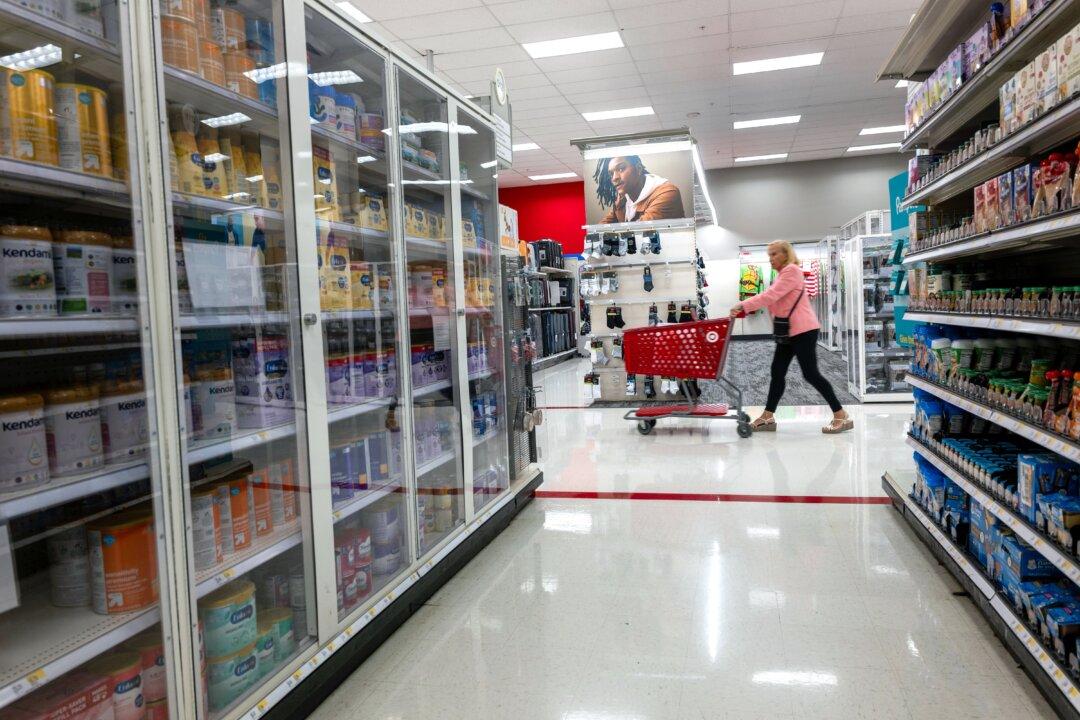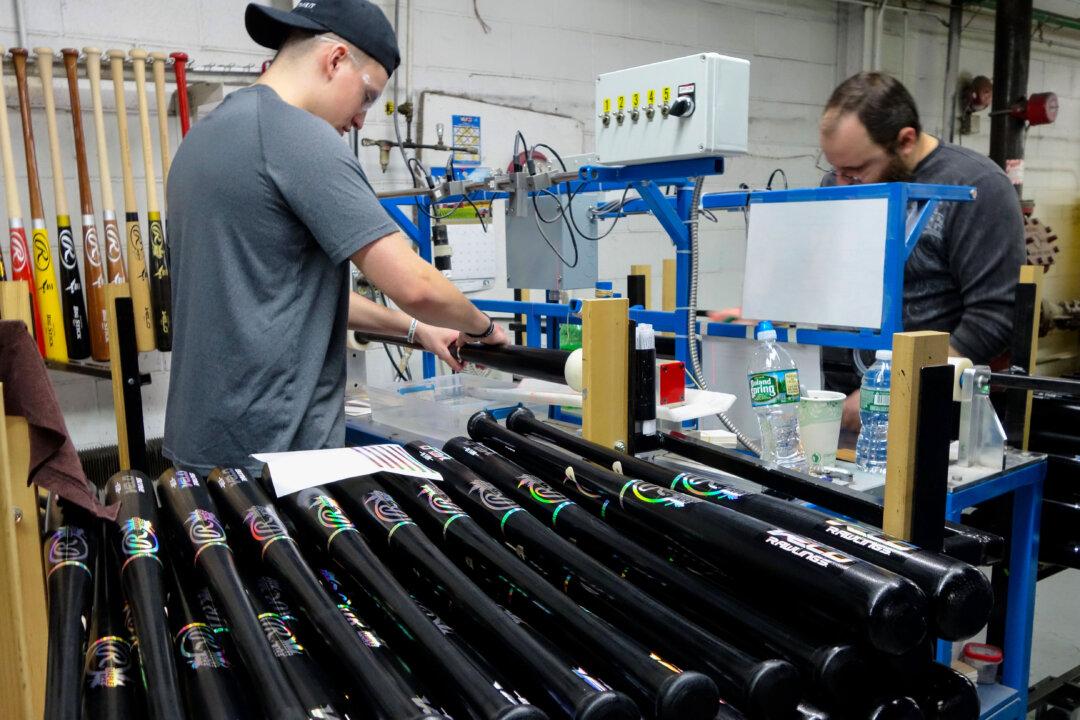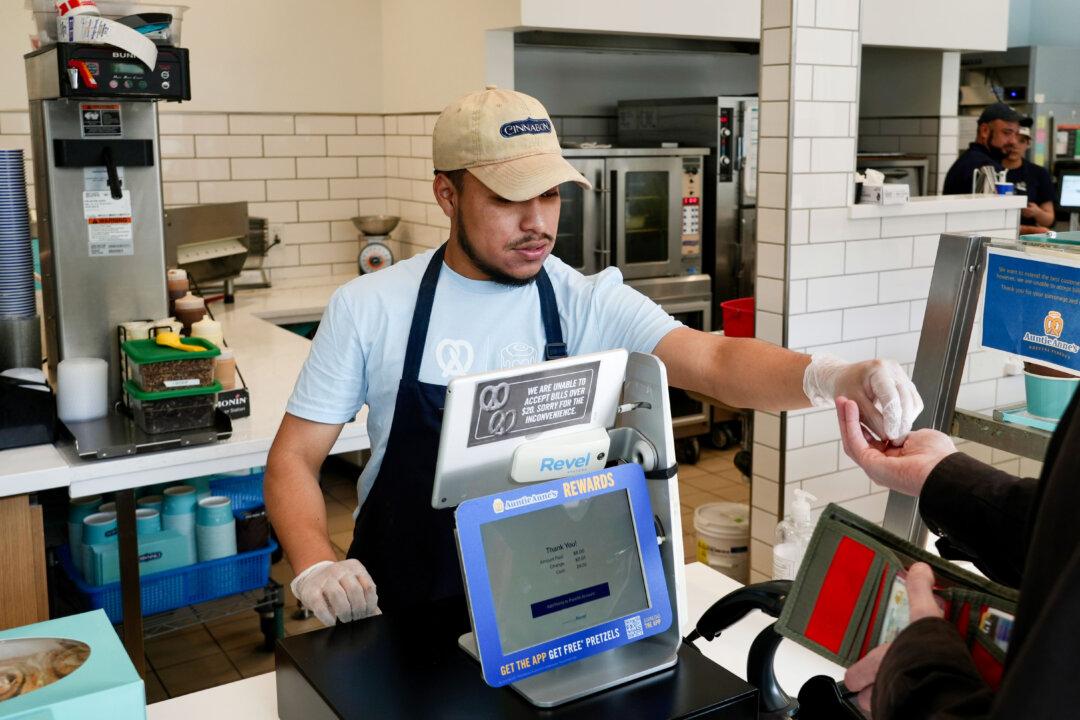Retail customers are becoming impatient with waiting in retail stores to access locked-up products, according to several recent surveys that show that the practice of locking up products, put in place to combat theft, may actually be driving customers to other stores or online.
One study from market intelligence firm Numerator stated that a little less than half of shoppers have the patience anymore to stick around and wait for a store clerk to retrieve a shelf-locked product. It also shows that many frustrated customers instead choose to make their purchase online (19 percent), go to another store, or give up on the purchase altogether (27 percent).





